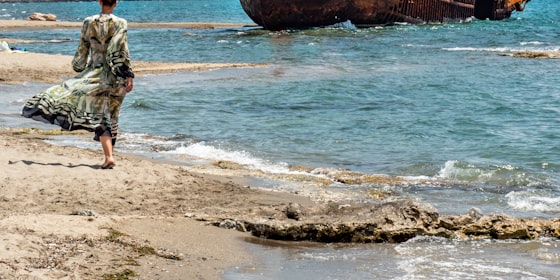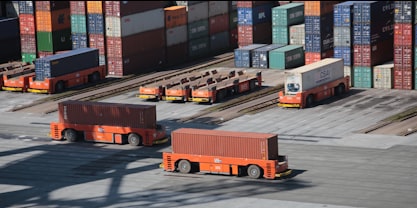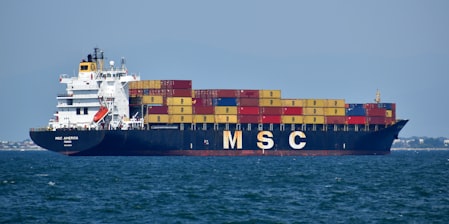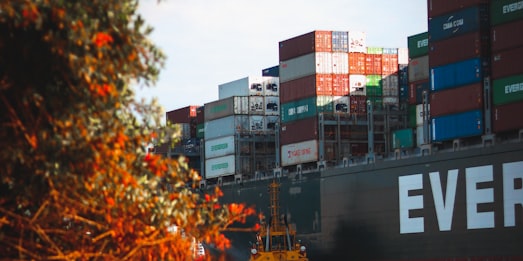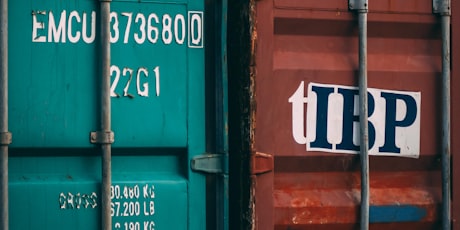
googletag.cmd.push(function() { var gptSlot = googletag.defineSlot(‘/21776187881/FW-Responsive-Main_Content-Slot1’, [[728, 90], [468, 60], [300, 100], [320, 50]], ‘div-gpt-ad-b1-i-fw-ad-1’).defineSizeMapping(gptSizeMaps.banner1).setCollapseEmptyDiv(true).addService(googletag.pubads());
gptAdSlots.push(gptSlot);
});
googletag.cmd.push(function() { googletag.display(‘div-gpt-ad-b1-i-fw-ad-1’); });
FreightWaves Classics is sponsored by Old Dominion Freight Line — Helping the World Keep Promises....
https://www.freightwaves.com/news/maritime-history-notes-american-ships-colleges-and-football

